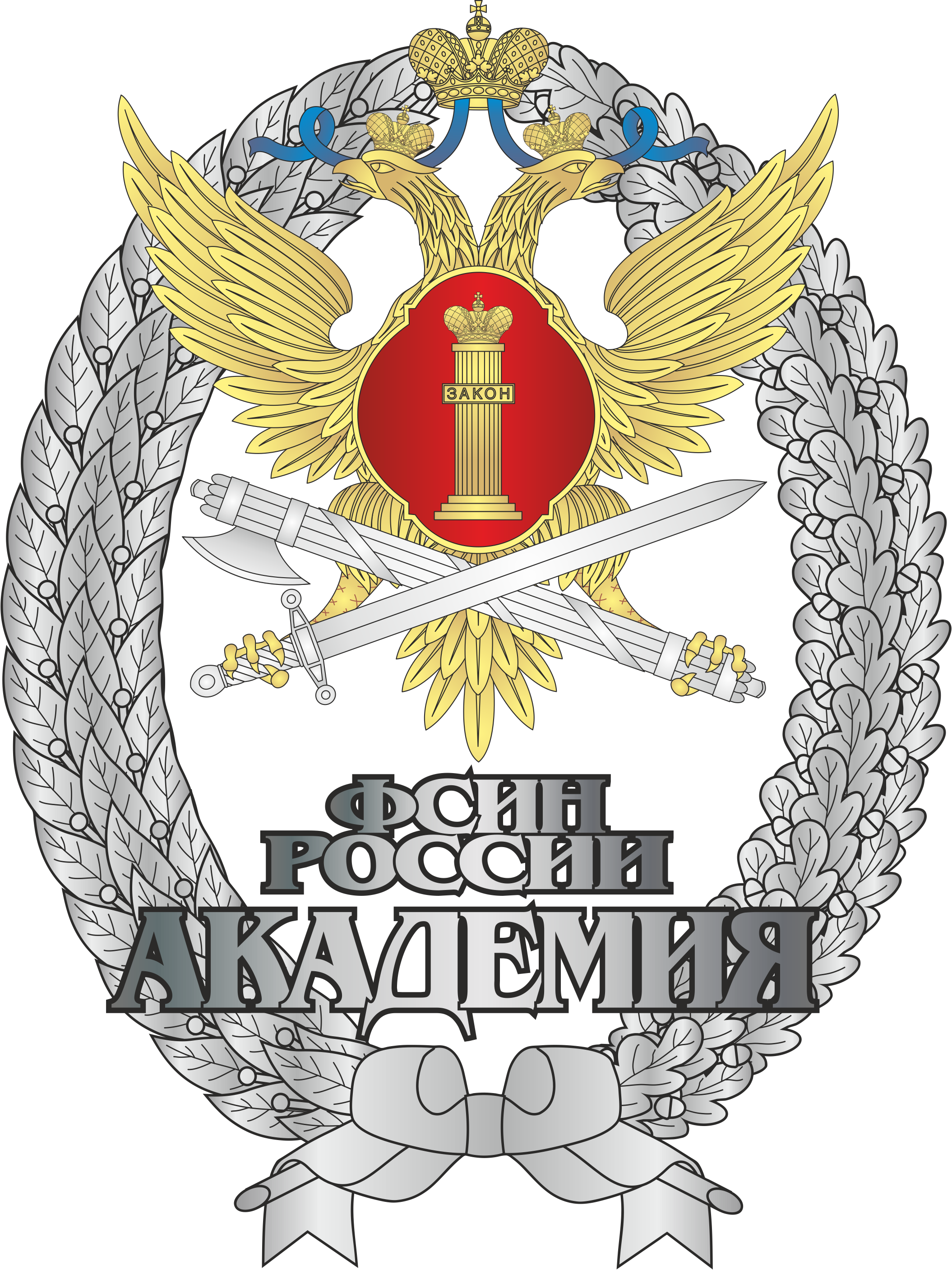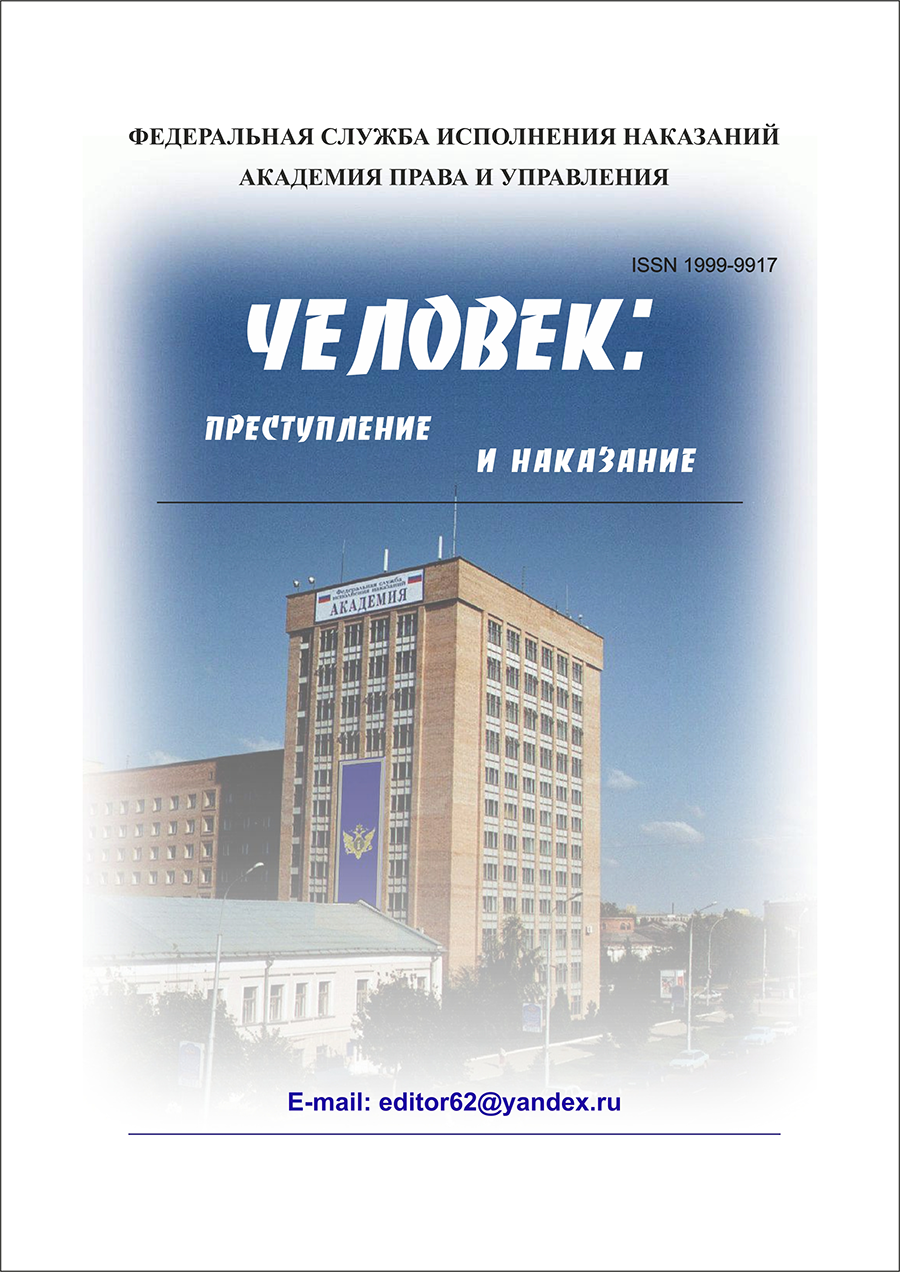Russian Federation
UDC 338.4
UDC 343.8
The article considers the placement of industrial and economic activities in institutions of the penal system. As an example, the sectoral structure and territorial location of the production of goods and services of correctional colonies of the GUFSIN of Russia in the Rostov region are given. The main research method is the construction of cartograms (geographical maps with the application of economic and statistical information). Cartograms for the region with the display of penal colonies have been built by industries (sewing, woodworking, metalworking, food production). The analysis using cartograms showed the spatial distribution of industries and its concentration on the territory of the region. The article touches upon the problem of integrating the production and economic activities of institutions of the penal system into the economy of the region. We are talking not only about the economy of the Rostov region, but also about a new integrated structure – the Donbass commonwealth. The authors come to the conclusion that it is necessary to optimize the spatial placement of production facilities of the penal correction system, taking into account the ongoing integration processes in the region.
spatial economy, penal system, production placement, regional economy
1. Izard, U. 1998, ‘Some studies in the field of regional development and cooperation and some questions of regional science that have no answers’, Regional development and cooperation, iss. 1-2, p. 61.
2. Avtsinova, A. A. & Makarov, I. N. 2021, ‘Optimization of spatial distribution of production as a basis for the development of peripheral regions’, Economics, entrepreneurship and law, vol. 11, iss. 9, pp. 2121–2132.
3. Belova, T. N. & Bashkatova, I. Yu. 2023, ‘Assessment of structural shifts in the production sector of the GUFSIN of Russia in the Rostov region’, Man: crime and punishment, vol. 31(1–4), iss. 2, pp. 94–103.
4. Belova, T. N. 2021, ‘On the issue of the effectiveness of production and economic activities of correctional institutions’, in V International Penitentiary Forum “Crime, punishment, correction” (dedicated to the Year of Science and Technology in 2021 in the Russian Federation): collection of abstracts of speeches and reports of participants (Ryazan, November 17–19, 2021), in 9 vols, vol. 4, pp. 11–16, Academy of the FPS of Russia, Ryazan.
5. Belova, T. N. & Slyunyaev, D. V. 2020, ‘Modeling of the commodity strategy of the production activity of a correctional institution’, Man: crime and punishment, vol. 28(1–4), iss. 2, pp. 276–283.
6. Belova, T. N. & Bekaristanov, M. A. M. 2021, ‘The effect of scale in the production and economic activities of the institution of the penal system’, Man: crime and punishment, vol. 29(1–4), iss. 2, pp. 237–244.
7. Granberg, A. G. 2000, Fundamentals of regional economics: textbook, Higher School of Economics, Moscow.
8. Granberg, A. G. 2004, ‘Regional economics and regional science in Russia: Ten years later’, Region: economics and sociology, iss. 1, pp. 57–81.
9. Romanova, O. A. & Akberdina, V. V. 2013, ‘Methodological practice of forming a high-tech sector of the economy and creating new jobs in an industrial region’, Economics of the region, iss. 3(35), pp. 152–161.









